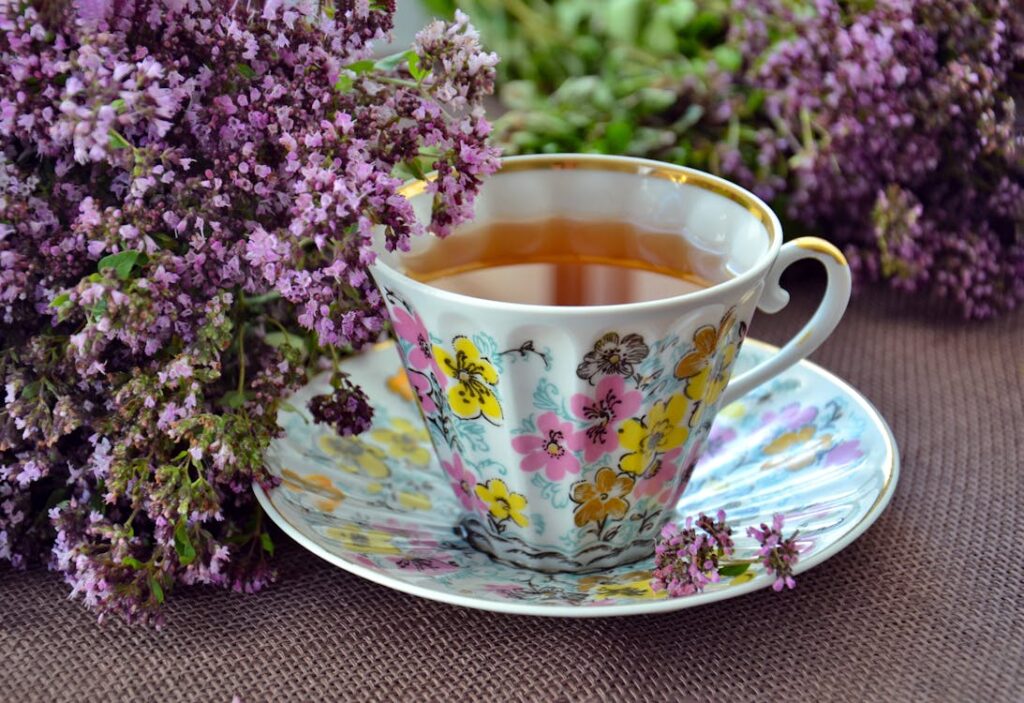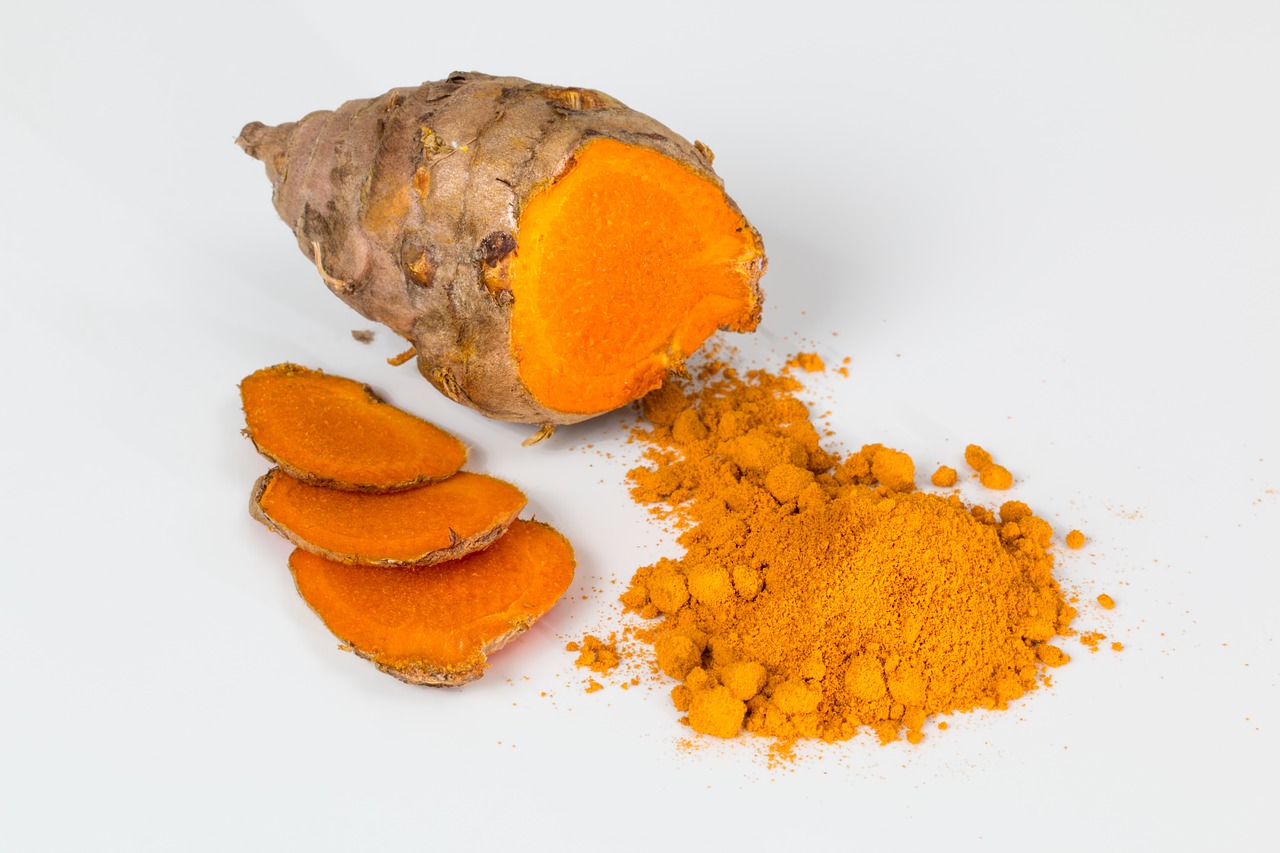
A prevalent and frequently incapacitating ailment, migraines impact millions of individuals globally. Migraines are more severe and complex than headaches, potentially involving a combination of neurological, vascular, and environmental variables. Headaches are typically linked to ordinary stress or tension. This blog delves into the definition of migraines, its etiology, causes, and natural therapies for managing them.
Explanation of a Migraine
A migraine is a kind of headache condition marked by sharp, stabbing pain that often affects just one side of the head. It is often accompanied by additional symptoms such as nausea, vomiting, and increased sensitivity to light and sound. It can last anywhere from a few hours to several days. Daily living can be severely disrupted by migraines, making it is challenging to focus, work, or do daily tasks.
There are various classifications for migraines; the most prevalent ones are as follows:
– Aura-marked migraine : Headache is frequently preceded by visual disturbances like flashing lights or zigzag patterns. Other symptoms of this aura could include tingling or momentary blindness.
– Aura-less Migraine : The headache appears suddenly and without any sensory alert. The most prevalent kind is this one.
– Chronic Migraines : A migraine attack is considered chronic if it happens 15 days or more in a month.
How Do Headaches Occur?
Typically, migraines progress in phases
1. Prodrome (Premonitory Phase) : A person may have mild symptoms such as mood swings, food cravings, stiff neck, or frequent yawning hours or days before the headache starts.
2. Aura (Optional) : Sometimes the headache stage is preceded by an aura. Typical symptoms include changes in senses, verbal difficulties, and visual problems. Auras usually last 20 to 60 minutes.
3. Headache Phase: Although it can affect both sides, a migraine headache is typically unilateral (one-sided). It is a throbbing pain, ranging in intensity from mild to severe. This stage could take four to seventy-two hours.
4. Postdrome (Resolution Phase): A person may experience exhaustion, confusion, or a sense of depletion after the headache has passed. A slight, persistent headache is experienced by some.
Why Do Migraines Occur?
Although the precise causes of migraines are not entirely known, research points to a potential interaction between physiological, environmental, and genetic variables. Numerous plausible initiators and origins have been recognized, comprising:
1. Genetics: There may be a hereditary predisposition to migraines, as they frequently run in families. Children who have migraines are more likely to get them if one or both of their parents do.
2. Hormonal Shifts : Estrogen in particular can affect migraine activity. This explains why many women get migraines whether they are menstruating, pregnant, or going through menopause.
3. Environmental Triggers : Exposure to strong odors and bright lights, as well as changes in altitude and weather, are common triggers. A migraine can also be triggered by physical activity, stress, and sleep difficulties.
4. Dietary Factors : Migraines may be brought on by specific meals and beverages. Processed meats, chocolate, red wine, aged cheeses, and caffeine are among the common offenders. Inconsistent eating habits or dehydration can also hasten the onset of migraines.
How it works : Tension-type headaches, which are occasionally mistaken for migraines, are typically relieved with peppermint oil. Its numbing effect eases discomfort and eases tense muscles.
How to use : To relieve migraine pain, apply diluted peppermint oil to the neck and temples. Additionally, the nausea brought on by migraines might be lessened with peppermint tea.
**Safety**: Use peppermint oil sparingly since it might cause skin irritation when applied topically.
5. Zingiber officinale, or ginger) How it functions : During a migraine attack, ginger’s anti-inflammatory and anti-nausea qualities may be helpful. It might lessen the nausea and vomiting that are frequently brought on by migraines.
– How to use : You can take fresh ginger as a supplement or steep it in tea. When a migraine starts, some people find that taking ginger powder or tablets helps.
Safety : Although ginger is typically harmless, people on blood thinners should consume it with caution.

6. Lavender (Lavandula angustifolia)—How it works : The relaxing and analgesic qualities of lavender oil can help reduce the symptoms of migraine. It has been demonstrated that utilizing lavender oil in aromatherapy or by inhaling it will lessen the severity of migraine attacks.
– How to use : Apply diluted lavender essential oil to your wrists and temples, or inhale it during a migraine episode
Safety : Although lavender is typically safe, some people may experience allergic responses.
6. Magnesium-rich herbs (e.g., leafy greens)—”How it works “: Menstrual migraines, in particular, are associated with magnesium insufficiency. Increasing magnesium consumption through food or supplementation may help lessen migraine attacks’ frequency.
How to utilize : Whole grains, pumpkin seeds, and dark leafy greens (like spinach and kale) are among the foods and herbs high in magnesium. Supplemental magnesium is another option.
Safety : Although large dosages of magnesium may cause discomfort in the digestive tract, it is generally harmless.
Daily Routines to Enhance Herbal Remedies
Apart from using herbal medicines, there are specific lifestyle modifications that can have a substantial impact on managing migraines:
Hydration : Stay hydrated throughout the day to prevent dehydration, which is a common cause of migraines.
Sleep : Make sure you follow regular sleep cycles; erratic sleep patterns might lead to migraines.
Stress Management : Methods including yoga, meditation, and deep breathing exercises can assist in lowering stress, which is a significant cause of migraines.
Regular Exercise : Regular, moderate exercise helps lessen migraine frequency and enhance circulation.
Dietary Modifications : To recognize and stay away from migraine triggers such as processed foods, coffee, and alcohol, keep a diet journal.
The outcomes
Although they have many causes and contributing variables, migraines are a complicated ailment that can be controlled. Herbal medicines that can lessen the intensity and frequency of migraine attacks include butterbur, peppermint, and feverfew. These natural substitutes for pharmaceutical treatments. In addition to lifestyle modifications, these treatments offer a comprehensive strategy for managing this incapacitating illness.
But before starting any new herbal regimen, always get medical advice, especially if you’re already on other medications.
similar or possess underlying medical issues. You can effectively control and lessen the burden of migraines by combining natural therapies with lifestyle changes.




